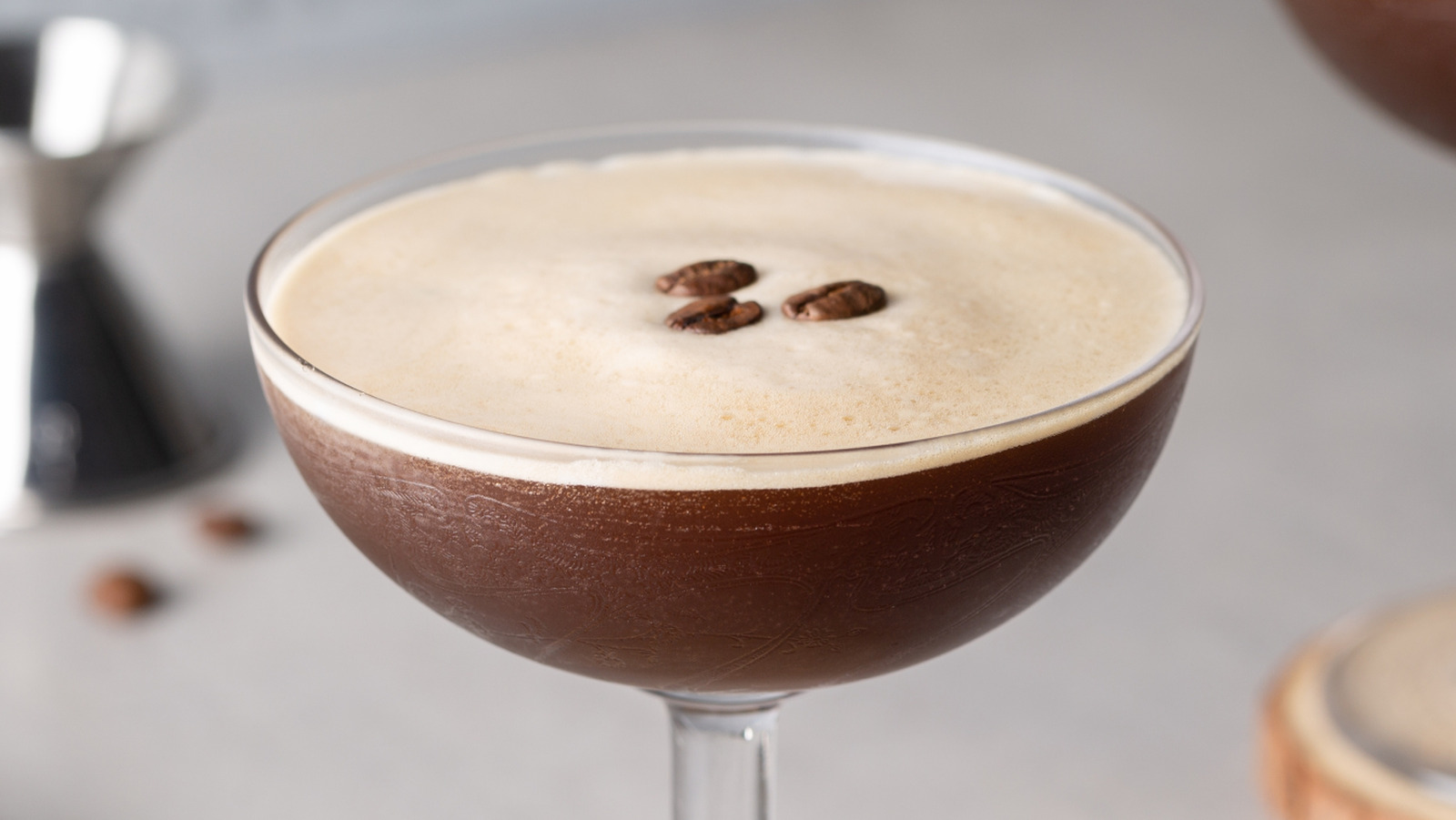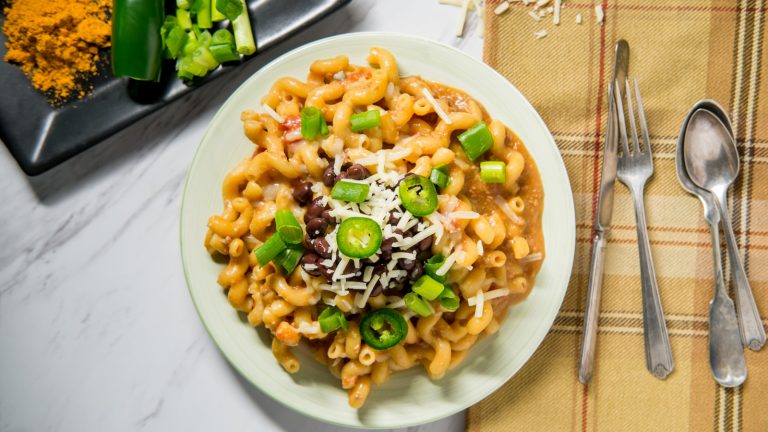Everyone loves a good comeback story, and in the world of cocktails, few have been as impressive as the espresso martini. Popularized in London in the 1990s, the mixture of espresso, vodka, and coffee liqueur reached cult status before new trends eventually took over. And just like low rise jeans and banana bread recipes, it all came whirling back around during the pandemic, when everyone started perfecting their espresso martini recipe at home. However, there’s one big mistake that many people still make when they’re crafting the cocktail: Using hot espresso.
The most important ingredient in an espresso martini is, you guessed it, espresso, and many bartenders advise using fresh coffee. A just-pulled shot will not only make the drink taste better, but it will also help create that beloved layer of foamy crema that sits on its surface. But if the espresso is too hot when it’s poured into the shaker, it can melt the ice and dilute the flavor and texture of the cocktail. The martini may also fail to cool properly during shaking. Luckily, it’s an easy problem to avoid: All you have to do is let the coffee cool before adding it.
Ways to speed up the espresso cooling process
It might be tempting to pour the espresso over a different batch of ice to speed up the process, but it’s best to let it cool naturally to avoid any bitterness developing. If you can, brew it ahead of time and set it to the side, or place it in the refrigerator in an airtight container. It will stay fresh for up to 72 hours, but it’s best to use it within 24 for the best taste. If you’re short on time, you can also try putting the espresso in the freezer for a few minutes, or brew it in a very cold cup that’s already frozen.
Everyone has their own opinions on what type of coffee works best, but a lot of people will tell you to avoid using cold brew. While it makes for an incredibly easy shortcut in terms of cooling, the drink might not froth the same way or deliver that bold coffee punch. That being said, we’re not totally against the idea, and know that some prefer the smoother taste that a cold brew martini offers. Cold brew is sweeter and slightly less acidic than espresso, and there’s no chance of it melting that precious ice. We even consulted an expert on using cold brew vs espresso in your cocktails, who also thought that it has its place — why not try both versions out and see which you prefer? The best part about a comeback kid is that it can always evolve, as all recipes do over time.





